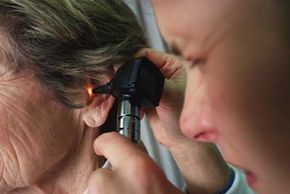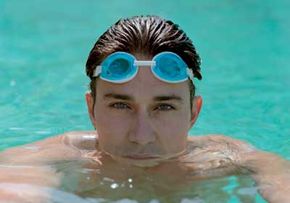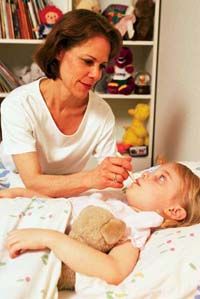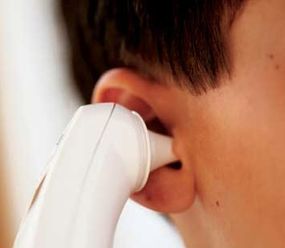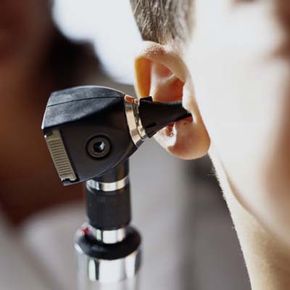Voltaire called the ear the "road to the heart." It seems an apt description. Consider how a child's cry, a romantic song, or the thump of a neighbor's stereo at 3 a.m. can stir your emotions.
Ears not only let us hear, but they also play a role in maintaining our balance, which is vital to our ability to function in daily life. Yet, we ignore them. We can't even see our ears, except in a mirror. We take for granted what they do for us day in and day out -- until we notice something's wrong, such as when an earache strikes or when we start having to ask people to repeat what they say. This article will tell you all the vital information you need about ear care, including:
Advertisement
- ">Protecting Your EarsEveryone knows that loud noises can damage your ears, but there are many other ways to injure the delicate mechanisms that allow us to hear. Foreign objects or sudden blows to the ear can damage the eardrum, resulting in temporary or, in some cases, permanent hearing loss. In this section, we tell you how to avoid the common mistakes people make that damage their ears and we will tell you the best ways to cope with loud noises. We will also tell you how many decibels are too many and how loud the rustle of leaves are compared to a jet engine.
- Preventing Ear ProblemsAside from making sure you don't puncture your eardrum with a foreign object, there are other steps you need to take to prevent some common ear problems. One common ear nuisance is swimmer's ear. This is a condition that can result when bacteria grow inside the ear canal, and it can be quite painful. We will tell you how to prevent and treat this infection. We will also tell you the day-to-day maintenance you need to do for your ears to keep them healthy and problem free.
- Ear InfectionsAnyone with small children is probably well versed in middle ear infections. Ear infections are the most common illness in infants and small children. While adults do get ear infections, they are much more serious for children. This is partly because they are much more apt to get them, and partly because the symptoms can be more severe for children. In this section, we will give you some tips for preventing your child from getting middle ear infections, as well as some tips for what to do when the eventually develop one.
- Ear DisordersThe ear infections and damage to the ear from excessively loud noises that we mentioned in the previous sections are usually only temporary ear problems. However, some simple ear inconveniences can result serious, lasting disorders. Deafness, a lack of balance, and a constant ringing in the ears are all signs of serious problems. In this section, we give a guide to the various ear disorders and how to treat them. We will also tell you how you can the difference between an ear problem you can take care of yourself and one that needs a doctor's attention.
This information is solely for informational purposes. IT IS NOT INTENDED TO PROVIDE MEDICAL ADVICE. Neither the Editors of Consumer Guide (R), Publications International, Ltd., the author nor publisher take responsibility for any possible consequences from any treatment, procedure, exercise, dietary modification, action or application of medication which results from reading or following the information contained in this information. The publication of this information does not constitute the practice of medicine, and this information does not replace the advice of your physician or other health care provider. Before undertaking any course of treatment, the reader must seek the advice of their physician or other health care provider.
Advertisement
